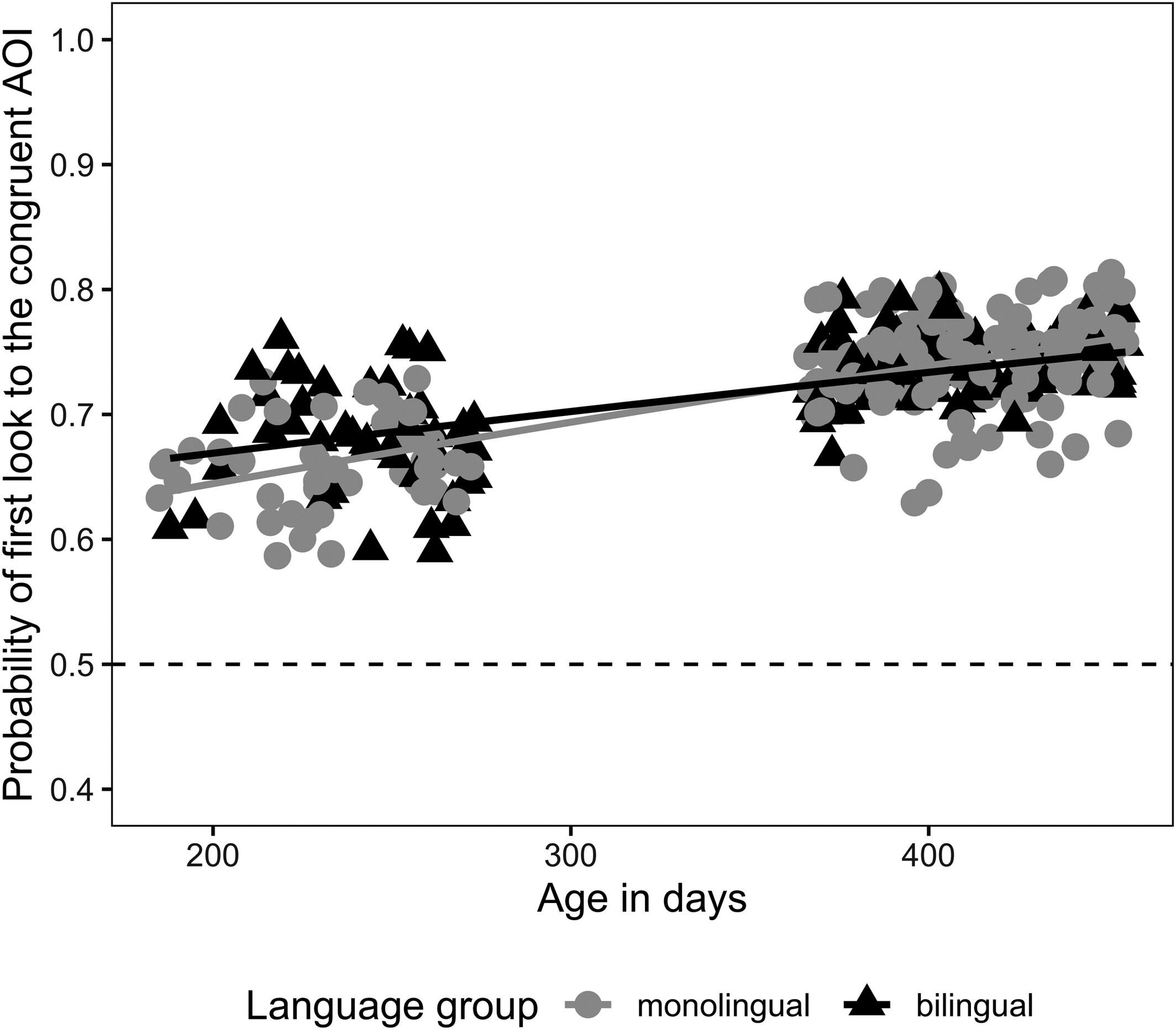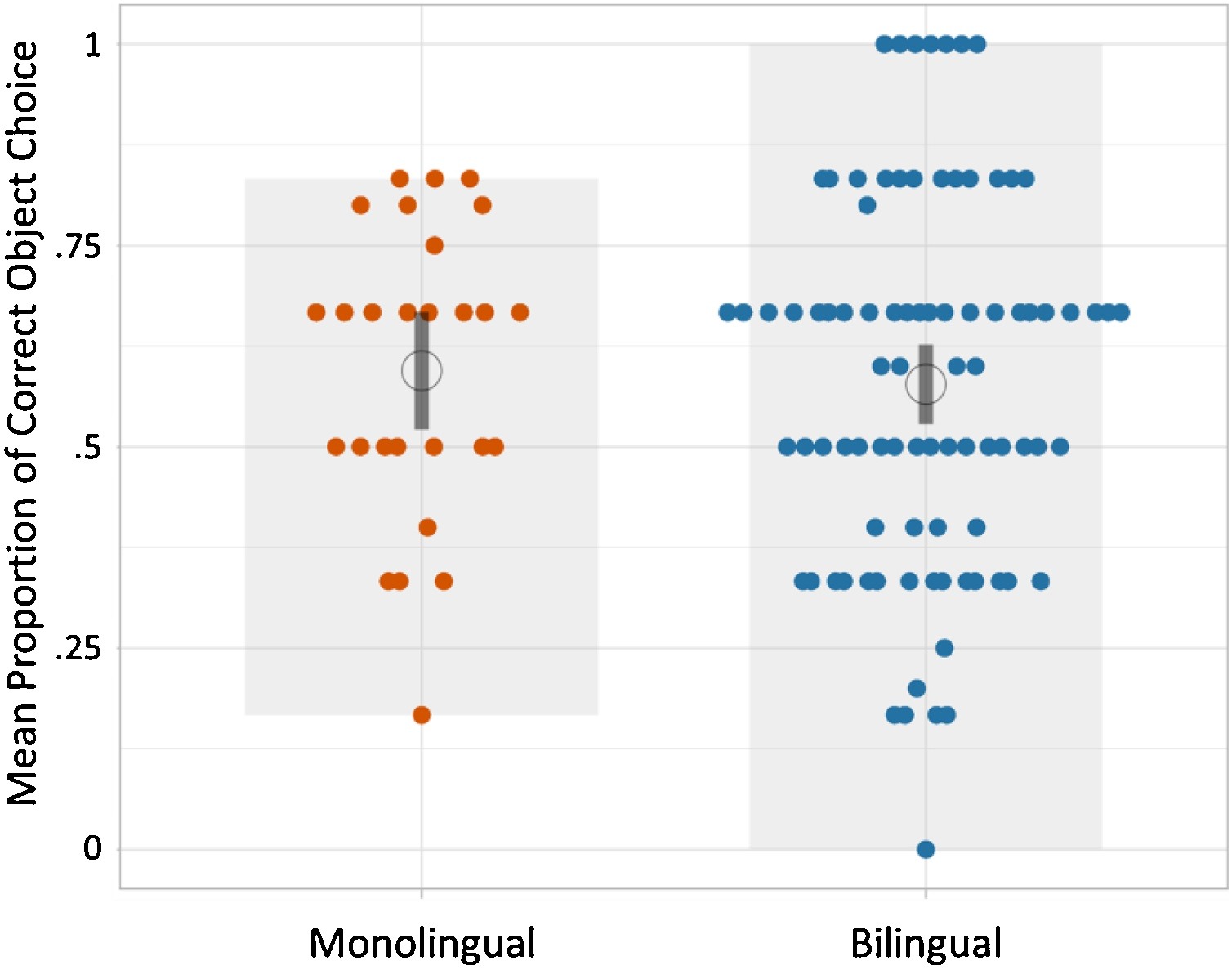
Read the underlying intention
To determine the meaning of words, language learners need to pay attention to what other people are saying. However, it is advisable for a young language learner to simultaneously encode relevant non-verbal cues, for example by following
the direction of eye gaze. Sensitivity to cues such as gaze may be particularly important for intercultural children, as they find less consistency between words and objects than monolingual children and do not always have access
to the same word learning strategies (i.e. an entity may have more than one label).
Similarly, we quite often communicate things in an indirect way. Instead of saying “Close the door”, we say “I think there’s a draft”. Because it is more polite, because it signals reasons for the wishes to the person addressed, because
it gives them freedom as to whether and in what way they comply with the wish. The person being spoken to has to understand the underlying wishes of the statement by reconstructing the relevance for him/herself: Why did she say that,
what does she want to achieve? This happens in all languages, but the demands on intention comprehension may be language-specific.
In this research project I am investigating: How do intercultural children understand the intentions of others? Is the search for intentions universal? Are the means and ends different? How does the ability to understand intentions
affect linguistic abilities?
Soderstrom, M., Werker, J. F., Tsui, A., Skarabela, B., Seidl, A., Searle, A., Ryjova, Y., Rennels, J. L., Potter, C., Paulus, M., Ota, M., Noble, C., Nave, K., Mayor, J., Martin, A., Lew-Williams, C., Ko, E., Kartushina, N., Kammermeier,
M., Jessop, A., Hay, J. F., Hannon, E. E., Hamlin, J. K., Gonzalez-Gomez, N., Gonzalez-Barrero, A. M., Gampe, A., Fritzsche, T., Frank, M. C., Floccia, C., Durrant, S., Delle Luche, C., Davies, C., Cashon, C., Byers-Heinlein, K.,
Black, A. K., Bergmann, C., Anderson, L. (accepted pending data collection).
Testing the Relationship Between Preferences for Infant-Directed Speech and Vocabulary Development: A Multi-Lab Study. Journal of Child Language.
Byers‐Heinlein, K., Tsui, R. K.-Y., Renswoude, D. van, Black, A. K., Barr, R., Brown, A., Colomer, M., Durrant, S., Gampe, A., Gonzalez‐Gomez, N., Hay, J. F., Hernik, M., Jartó, M., Kovács, Á. M., Laoun‐Rubenstein, A., Lew‐Williams,
C., Liszkowski, U., Liu, L., Noble, C., … Singh, L. (2021). The development of gaze following in monolingual and bilingual infants: A multi-laboratory study. Infancy, 26(1), 4–38.
https://doi.org/10.1111/infa.12360
Schulze, C., Endesfelder Quick, A., Gampe, A., & Daum, M. M. (2020). Understanding verbal indirect communication in monolingual and bilingual children. Cognitive Development, 55, 100912.
https://doi.org/10.1016/j.cogdev.2020.100912


